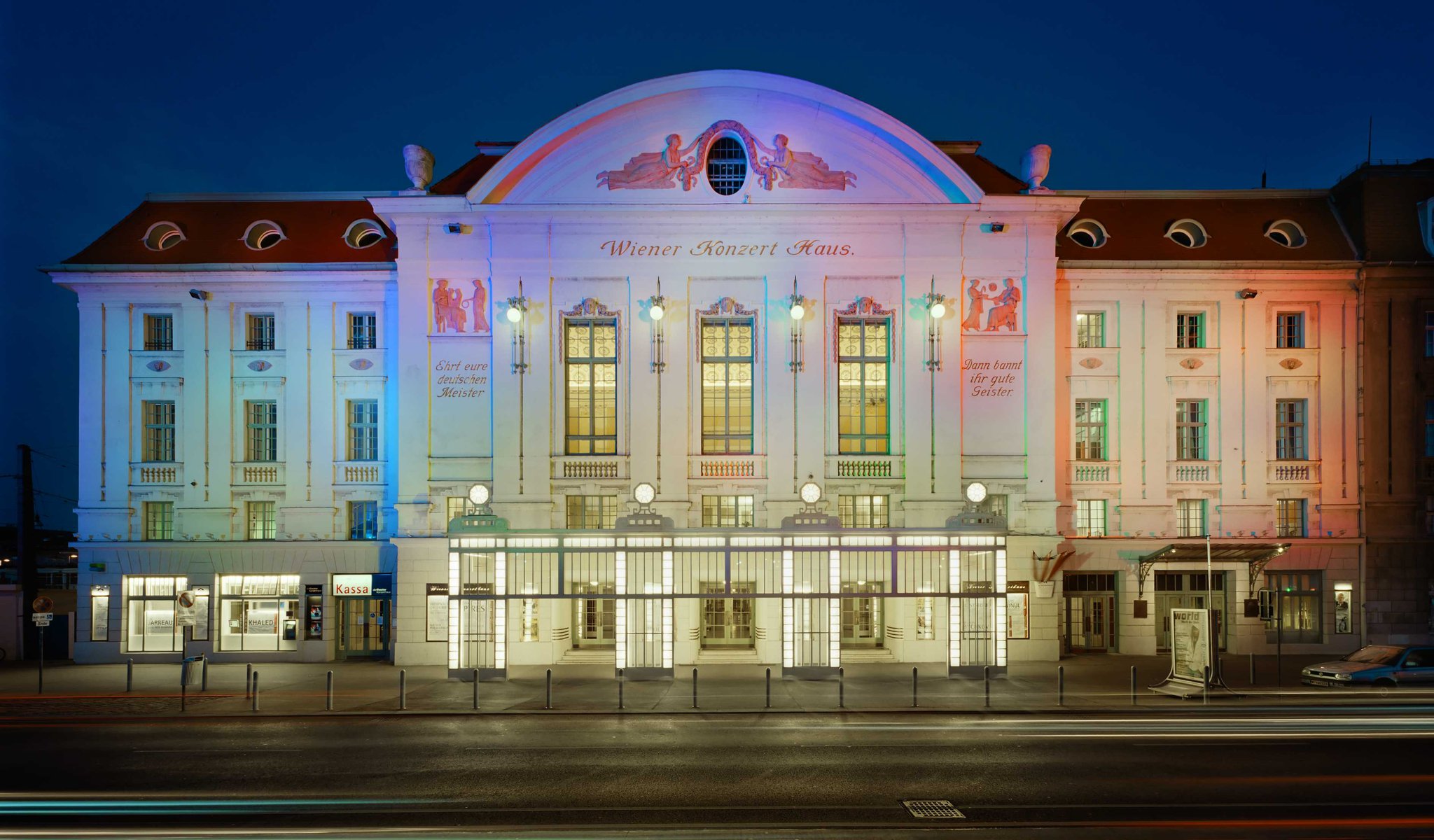
Tour: Schumann, Bruckner
Vinnitskaya, Fischer
Program
Featuring
Other information
The event is about 2.5 hours long.
About the event
There are compositions with biographical relevance, marking events of outstanding importance in the composer’s life. Robert Schumann’s only finished piano concerto represents a milestone not only in the life of the composer, who had been training to become a pianist until an injury put an end to his dreams, but also in the history of Romantic piano concertos. The performance of the piece requires a musician like Anna Vinnitskaya, who was described by the Washington Post as “a true lioness at the keyboard, devouring the most difficult pages of music with adamantine force” and a virtuosity that is never self-serving. In addition to the number 9, which has gained mystical significance thanks to Beethoven, Bruckner’s last symphony stands out from the composer’s oeuvre because it remained incomplete. Though the composer prayed for strength daily, in the end God only let him complete three movements of the work, which is how it will be performed at the concert.
In 1841, Schumann composed a lyrical fantasy for piano and orchestra, which he described as a work that “lies somewhere between a symphony, a concerto and a large sonata.” No publisher showed an interest in this piece, so four years later, urged by his wife, the world-famous pianist Clara Schumann, he added two more movements and completed his Piano Concerto in A minor, which was a huge success already at the premiere. Breaking with tradition, Schumann turned the piano into an organic part of the orchestra instead of showing it off, incurring Liszt’s criticism who once referred to this work as a “concerto without piano”. Schumann has been vindicated though: the brilliant musical dialogues of the opening movement, the emotional extremes of the Intermezzo and the explosive virtuosity of the finale ensured the work a place among the most popular concertos.
In Bruckner’s case, it is no exaggeration to call his Symphony No. 9 a farewell to life. The composer was fully aware that the composition he had been working on for years would likely remain unfinished. Even though a myriad of notes suggest that he was intending to crown the symphony with a bombastic concluding movement―as a matter of fact, he proposed his own Te Deum as finale―the work ends with a hard-rending but uplifting, achingly beautiful Adagio. The movement exhibits motifs from Bruckner’s previous symphonies, and ends on gentle but firm note, rounding off the composer’s oeuvre which came to an end with his death in 1896. The piece represents one of the most important links between the 19th and 20th centuries. The bold harmonic shifts in the rumbling introduction of the first movement and the tonally indeterminate, dissonant sections, large intervals and prominent rhythms of the demonic scherzo go beyond Wagner and anticipate Stravinsky, Bartók and the Second Viennese School.